#empress maria fyodorovna
Explore tagged Tumblr posts
Text

Coronation of Tsar Alexander III and Empress Maria Fyodorovna of Russia, 1883
Artist: Georges Becker (French, 1846–1909
Date: 1888
Medium: Oil on canvas
Collection: Hermitage Museum, Saint Petersburg, Russia
Description
In 1881, Tsar Alexander II (1818-1881) died of injuries sustained in an assassination attempt, leaving the Russian throne to his second-eldest son, Alexander III (1845-94). The coronation of the new monarch and his consort, Empress Maria Fyodorovna (1847-1928), took place two years later on May 27 (May 15, Old Style), 1883 at the Assumption Cathedral of the Moscow Kremlin.
#painting#coronation ceremony#interior#assumption cathedral#moscow kremlin#russian culture#russian empire#russian history#balcony#men#women#costume#royal throne#tsar alexander iii#empress maria fyodorovna#george becker#french painter#french art#fine art#oil on canvas#oil painting#artwork#european art#19th century painting
20 notes
·
View notes
Text
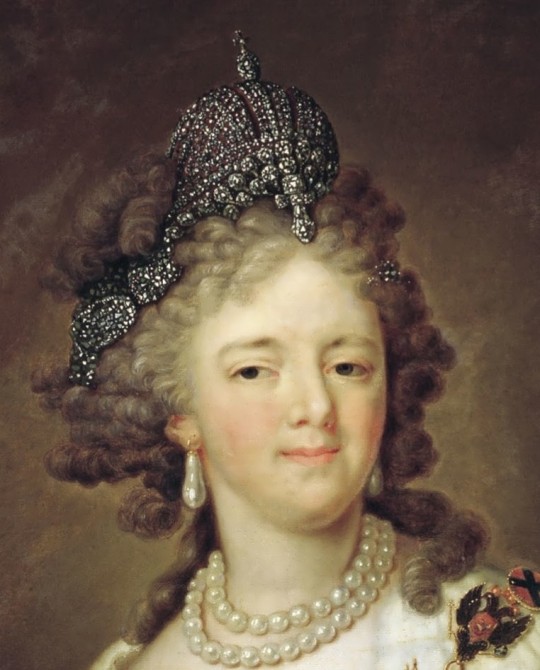
Vladimir Lukich Borovikovsky (Russian, 1757-1825) • Portrait of Empress Maria Fyodorovna (1759-1828)
The outrageous, extravagant, sometimes humorous and often beautiful outfits worn by subjects of old portraits; captioned, as an attempt at satire.
Emphasis on beautiful painting details.
#vladimir borovikovsky#empress maria fyodorovna#russian empire#portrait#royal portraits#details in paintings#the resplendent outfit#maria fyodorovna#art#artwork
5 notes
·
View notes
Photo

Emperor Alexander II, his wife, sons and two daughters-in-law
#Russia#romanov#Alexander II.#Empress Maria Alexandrovna#Alexander III.#Maria Fyodorovna#Vladimir Alexandrovich#Maria Pavlovna the Elder#Alexei Alexandrovich#Sergei Alexandrovich#Pavel Alexandrovich
45 notes
·
View notes
Text
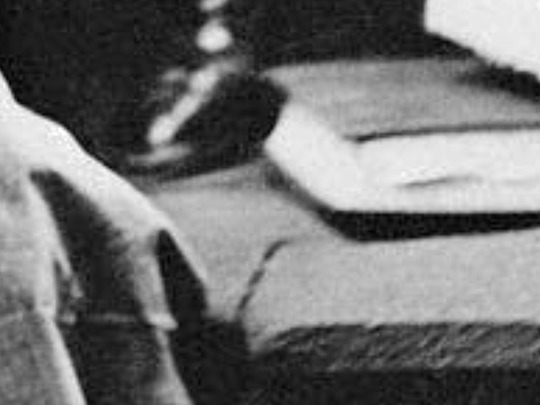
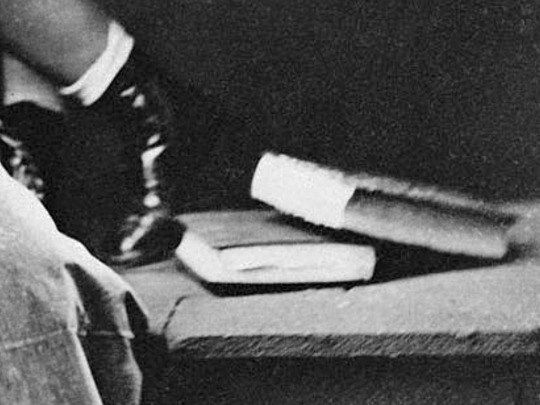
https://www.rct.uk/collection/2926760/maria-feodorovna-empress-of-russia-when-tsesarevna-and-nicholas-ii-emperor-of
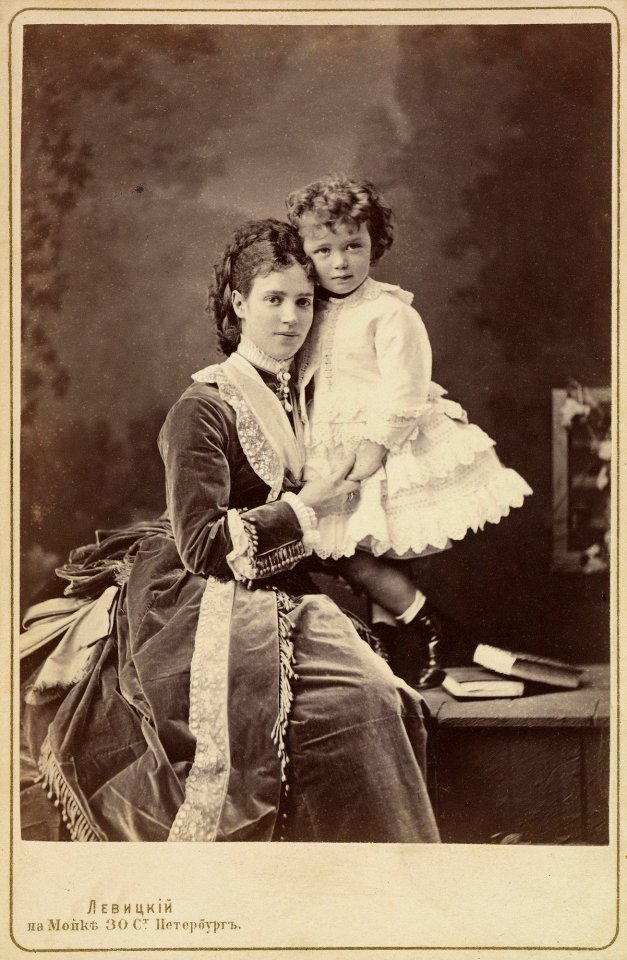
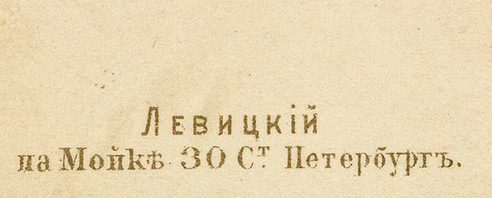
#maria fyodorovna#empress of russia#princess dagmar of denmark#nicholas II#nikolai II alexandrovich romanov#emperor of russia#1870#sergey levitsky
1 note
·
View note
Text

Dress of Empress Maria Fyodorovna
c. 1894
made in Paris, France
Hermitage Museum
#1890s#purple#pink#belle époque#fashion history#historical fashion#19th century#history of fashion#dress history#frostedmagnolias
612 notes
·
View notes
Text

The Grand Duke Serge and his wife Elisabeth (Ella) Fyodorovna, a sister of Empress Alexandra, went to Italy to talk to Paul, inform him of the tsar's decisions, and discuss the future of Maria and Dimitry. Their meeting in Rome was bitter, brief, and of course, useless. The question that still remained open was whether the marriage could be recognized as legal or not. On ecclesiastical grounds, there was no doubt of the marriage's legality since Olga's divorce had been approved by the Orthodox Church and Paul was a widower. But before Russian law, things could be quite different since the statutes of the imperial family clearly stated that morganatic marriages were forbidden and that no marriage contracted without the permission of the tsar would be considered real.

Legally married or not, Paul and Olga were forbidden to return to Russia, and they settled in Paris, where their son Vladimir spent what were probably the happiest years of his short life. (...) Vladimir Paley loved that house very much and in his last years remembered it with deep nostalgia and affection in several poems, such as Hyacinths and Lilac Flowers. During Paul and Olga's exile, their residence became an "annex" of the Russian imperial embassy in Paris. They offered dinners and receptions in grand style; but they didn't live merely to entertain aristocrats, diplomats and holidaying Russians. The former Madame von Pistolkors (nobody was sure what she should be called now) was an avid reader and had a remarkable inclination towards arts and literature. Paul, even if he was far from being the intellectual type, shared some of his wife's interests, and soon their salon became a meeting point for many writers, painters, musicians and artists. (...)

During the summer of 1903, Paul, Olga and Vladimir went to Schlangenbad, Bavaria, to spend a vacation with the three von Pistolkors children and their grandmother Madame Karnovich. For the grand duke's wife, the occasion must have been deeply remarkable since she hadn't been able to see Alexander, Olga and Marianna for almost a year. That same summer, Paul also had the chance to enjoy a short and moving meeting with Maria and Dimitry in Tegernsee, Bavaria, in the villa of his sister Maria Alexandrovna, Duchess of Saxe-Coburg and Gotha. He also saw his brother Serge, who came from Russia with the children, but their conversation ended in a harsh argument.

"A Poet Among the Romanovs" - Jorge F. Sáenz
#romanov#paul alexandrovich#imperial russia#imperial family#royalty#grand duke#olga paley#sergei alexandrovich#elizabeth feodorovna#vladimir paley#von pistolkors#maria alexandrovna
22 notes
·
View notes
Text

"[He] chose to read... the chapter in The Brothers Karamazov where Father Zossima receives the poor peasant women who have come on pilgrimage. . . . It was his own sorrow which Dostoevsky painted in this chapter. He too could not forget his little Alyosha. ... The Crown Princess Maria Fyodorovna, the future Empress of Russia, was present at one of these evenings. She too had lost a little son and could not forget it. As she listened to my father’s reading, the Crown Princess cried bitterly. When the reading was over, she turned to the ladies who had organized the evening and told them she would like to have a word with my father. The ladies hastened to carry out her wish, but evidently they were not too bright. Knowing Dostoevsky’s rather suspicious disposition, they feared he might refuse to obey the Crown Princess’ command, and decided to oblige him to do it through a stratagem. They approached my father and, with mysterious expressions on their faces, said that “‘a certain very, very interesting personality” would like to have a talk with him about the reading he had given.
“What interesting personality?” Dostoevsky asked, surprised.
“You will see for yourself! She is extremely interesting. . .. Please come with us right away!” the young women answered, taking possession of my father. Laughing, they pushed him into a little boudoir and closed the door behind him.
Dostoevsky was astonished by this mysterious behavior. The little room where he was standing was dimly lit by a shaded lamp; a young woman was seated modestly at a small table. At that period of his life, my father no longer looked at young women. He bowed to the stranger as one bows to a lady one meets in a friend’s drawing room; and, since he assumed that the two young pranksters were playing a joke on him, he simply left the room by the opposite door.
Dostoevsky doubtless knew that the Crown Princess had attended the evening, but either thought she had already left or, perhaps, had already forgotten her presence, due to his habitual absentmindedness. He returned to the main drawing room, was immediately surrounded, became involved in an interesting discussion and completely forgot about the “joke.”
A quarter of an hour later, the young women who had led him into the little boudoir rushed up to him.
“What did she say to you? What did she say to you?” they asked eagerly.
“Who?” asked my father in amazement.
“Who? The Crown Princess, of course!”
“The Crown Princess? But where is she? I never saw her!"
Aimée Dostoevsky (Dostoevskaia, L. F. (Liubov Fedorovna) "Fyodor Dostoevsky: A Study"
11 notes
·
View notes
Text



~ "Ceremonial court dress belonging to Empress Maria Fyodorovna. Made by Atelier Izambard Chanceau / embroidery by A. Laman’s workshop. St. Petersburg, 1880s." ~
3 notes
·
View notes
Text
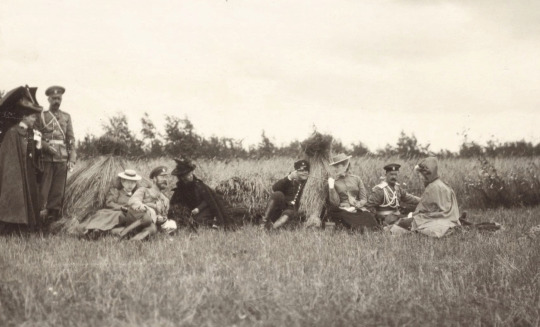
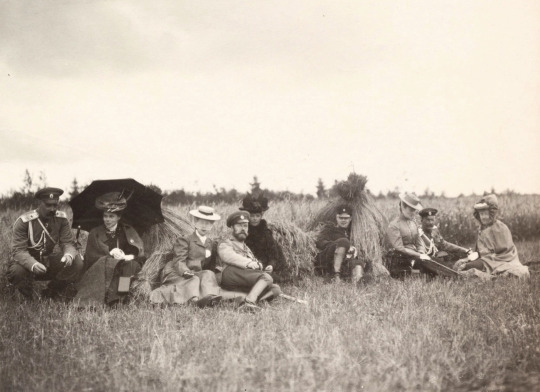
The Russian Royalties at a picnic (or resting after a review of troops) - Notice on top photo, the Empress apparently in a playful mood.
In the photographs, left to right, Grand Duchess Xenia Alexandrovna and her brother-in-law, Grand Duke George Mikhalovich; next, Grand Duchess Maria Georgevna, Tsar Nicholas II, Empress Maria Fyodorovna, the playful young man (whom I do not recognize), Empress Alexandra Fyodorovna and two individuals I cannot identify.
#russian history#imperial russia#nicholas ii#vintage photography#empress alexandra feodorovna#empress maria feodorovna#grand duchess xenia alexandrovna#grand duchess Maria georgievna
18 notes
·
View notes
Text

Empress Maria Fyodorovna with her sister Princess Alexandra of Wales and niece Princess Maria Georgievna of Greece
3 notes
·
View notes
Text

Empress Maria Feodorovna and Grand Duchess Xenia Alexandrovna of Russia, 1891
—
Maria Feodorovna (Mariya Fyodorovna; 26 November 1847 – 13 October 1928), known before her marriage as Princess Dagmar of Denmark, was Empress of Russia from 1881 to 1894 as the wife of Emperor Alexander III.
She was the second daughter of Christian IX of Denmark and Louise of Hesse-Kassel.
Maria's eldest son became the last Russian monarch, Emperor Nicholas II.
Maria lived for 10 years after Bolshevik functionaries murdered Nicholas and his immediate family in 1918.
Grand Duchess Xenia Alexandrovna of Russia (6 April [O.S. 25 March] 1875 – 20 April 1960) was the elder daughter and fourth child of Tsar Alexander III of Russia and Empress Maria Feodorovna of Russia (née Princess Dagmar of Denmark) and the sister of Emperor Nicholas II.
#Empress Maria Feodorovna of Russia#Princess Dagmar of Denmark#Grand Duchess Xenia Alexandrovna of Russia#House of Glücksburg#House of Hesse#House of Romanov-Holstein-Gottorp
4 notes
·
View notes
Photo
Gate with monogram of Emperor Alexander III and Empress Maria Fyodorovna at the Hermitage in St. Petersburg, Russia.

641 notes
·
View notes
Photo



Emperor Nicholas II with his mother the Dowager Empress Maria Fyodorovna and his uncle Grand Duke Vladimir Alexandrovich, late 1890s.
137 notes
·
View notes
Text

#maria fyodorovna#princess dagmar of denmark#empress of russia#nikolaus II#nicholas II#nikolai II alexandrovich romanov#emperor of russia#1870
1 note
·
View note
Text
Saint Florence Li-Tim Oi Collect (Rite 2) Prayer
Almighty God, who pours out your Spirit upon your sons and daughters: Grant that we, following the example of your servant Florence Li Tim-Oi, chosen priest in your church, may with faithfulness, patience, and tenacity proclaim your holy gospel to all the nations, through Jesus Christ our Lord, who lives and reigns with you and the Holy Spirit, one God, in glory everlasting. Amen. + Lord Yeshua the Messiah, Pre-Eternal Bishop, Patriarch & Son of the Living Allah, through the most powerful prayers of thy most Holy Mother the Theotokos and Saints Florence Li Tim-Oi, Olga Michael of Alaska, Walatta Petros of Ethiopia, Maria Skobtsova the New Martyr of Paris, Josephine Bakhita, Coretta Scott King, Bayard Rustin, Marsha P. Johnson, André Bessette of Montreal, Rachel Held Evans, Mary Magdalene the Apostle, Grand Duchess Elizabeth Fyodorovna the New Martyr of Russia, Isaac Thomas Hecker, Alexis Toth of Wilkes-Barre, Aelia Pulcheria the Empress, Moses the Ethiopian, Gorazd Pavlik of Prague, Alexander Schmorell of Munich, Dorothy Day, Óscar Romero, Joan of Arc, Ioan Iacob Hozevitul, George Karslidis the Righteous of Drama, Iakovos Koukouzis of America, Alexander Schmemann, Kallistos Ware, Raphael Hawaweeny of Brooklyn, Leonty Turkevich of New York, and Archangel Michael, have mercy on us sinners. Amen.
Dios todopoderoso, que derramas tu Espíritu sobre tus hijos e hijas: concédenos que, siguiendo el ejemplo de tu sierva Florencia Li Tim-Oi, presbítera elegida en tu Iglesia, podamos, con gran fidelidad, paciencia y tenacidad proclamar tu santo Evangelio a todas las naciones; por Jesucristo nuestro Señor, que vive y reina contigo y el Espíritu Santo, un solo Dios, en la gloria eterna. Amén. + प्रभु यीशु मसीह, परमेश्वर के सन्तान, हम पर दया कर! ¡Santa Florencia Li Tim-Oi y Santa Maria Skobtsova, ruega por nosotros siempre! +
0 notes
Photo

Bodice of the coronation dress of Empress Maria Fyodorovna, 1796
From Moscow Kremlin Museums
663 notes
·
View notes